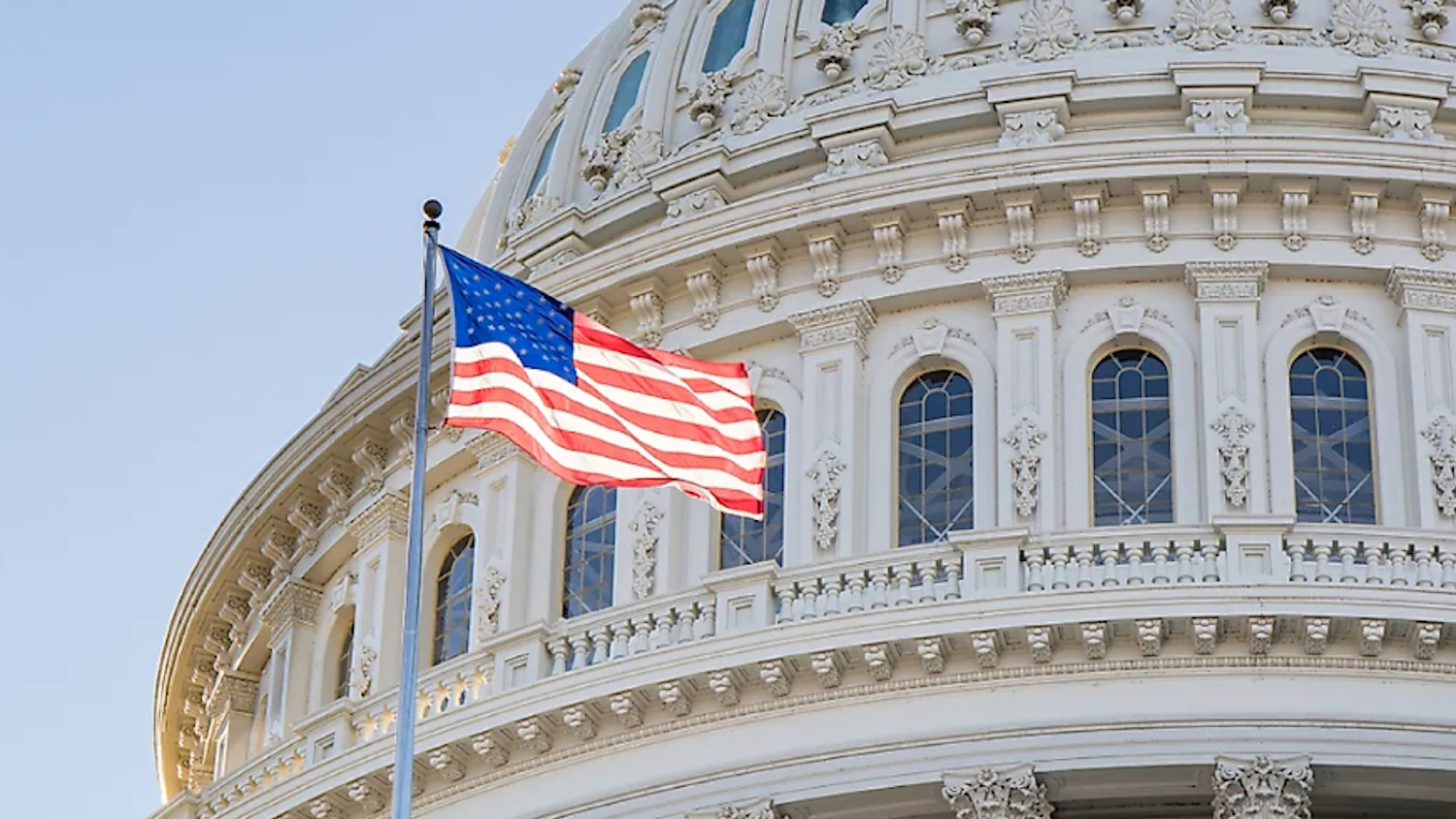Nathan Goldman, associate professor of accounting, answers burning questions on the proposed Fair Tax Act of 2023 as well as explain how it would impact American citizens.
Q&A with Nathan Goldman
Can you explain what this proposed bill is?
The Fair Tax Act is a bill introduced by House Republicans that would do many things. Of note, it would remove federal taxation as we know it (individual income taxation, corporate income taxation, capital gains taxation, payroll taxation and estate taxation) and replace it with higher sales taxes. In particular, the bill proposes that a federal sales tax would be around 23% – 30%.
What would happen to the IRS?
The Internal Revenue Service (IRS) would no longer be necessary under this bill. Instead, the process of collecting sales taxes would fall on the states, which the bill would allow the states to keep 0.25% of their collections. This bill would also remove the $80 billion given to the IRS under the Inflation Reduction Act of 2022.
How might it impact sales tax and income tax?
The sales tax would be around 23-30% under the bill. Meanwhile, income taxes, both individual and corporate, as well as capital gains, payroll and estate taxes would no longer be implemented.
Are there any pros and cons to this proposed bill?
The positive of this bill is its simplicity. By imposing a single sales tax rate on purchases, not unlike what we currently pay at the state level, there would be no need to file complicated federal income tax returns. If this bill is successful in being able to disband the IRS, then it could mean net savings to the American people.
However, the cons are far more compelling.
First, this would be a large detriment to equality among the American people. Many analysts already predict this would overwhelmingly benefit wealthy individuals and corporations at a cost to lower and middle-class taxpayers. Our current tax system employs a progressive income tax rate, which follows the vertical equity principle – people with more income pay more in taxes than people with less income. By imposing a flat rate on purchases, lower and middle-class individuals will bear a far greater burden of taxation than under the current system. While the bill has “rebates” for lower-income taxpayers, it is unlikely to make up the difference in tax burdens, especially for those who are just outside the range of the rebates.
Second, the argument that the new system will lower complexity has its flaws. Businesses will need to deal with significant complexity when determining their remittances to the government and small businesses will especially feel this burden.
Third, it is unclear whether a 23% sales tax will be enough to break even on prior tax collection levels. Some estimates say that Americans would actually pay closer to 30% more for everyday goods, and one analyst predicts that it would take closer to a 40% sales tax for such a plan to break even. Put differently, a $5 gallon of milk will now cost $7 and a $100 grocery bill will now cost $140. There are also questions about whether allowing the states 0.25% of their tax collections actually saves money. The Tax Policy Center calculated that the cost of giving the states 0.25% of sales tax collections actually equates to the IRS budget.
How would it impact the American people?
This bill is not going to impact the American people anytime soon. It is not clear that there is even enough Republican support to pass through the House of Representatives. Even if it does, it will fail in the Senate with virtually 100% certainty. This bill is essentially the brainchild of several politicians who recently won their district on the promise to reform things like the tax code. Their attempt at doing so has been considered by many to be outlandish and far-fetched. This attempt is not even the first time that Republican-led politicians have tried to implement a federal sales tax instead of income tax and it has failed in the past just as it will now.
However, it is not clear that passing this bill was the number one objective of this group of politicians. They likely knew that it would be difficult to pass the bill and, instead, they may have been more interested in starting the conversation. Providing $80 billion in funding to the IRS was met with strong resistance among many Americans. Thus, if their objective was to cast additional doubt over the IRS’s future then they likely met that objective.
It is also worth mentioning that many states have moved towards this model. Eleven states cut individual income taxation in 2023 and a state like North Carolina has put in place a plan to remove corporate income taxes. Instead, these states rely more heavily on sales tax collections to fund their governments. However, what is often missed in these arguments is that the states are cutting or removing income tax collections because they have excess room in the budgets to allow doing so. With the U.S. debt in excess of $31 trillion and currently at the debt ceiling, it would appear to be ill-advised to take measures that appear to cut tax collections.
Lastly, while some predict that this bill would generate net gains for the American people, far more estimate that it would just reflect a shift of wealth specifically from the lower and middle-income taxpayers to the wealthy taxpayers and corporations. The lower and middle-income taxpayers have borne the brunt of the costs of COVID-19 and the resulting inflationary effects that have followed. Implementing a federal sales tax in place of current federal tax measures would likely exacerbate income inequality in the U.S.
- Categories:
- Series:



